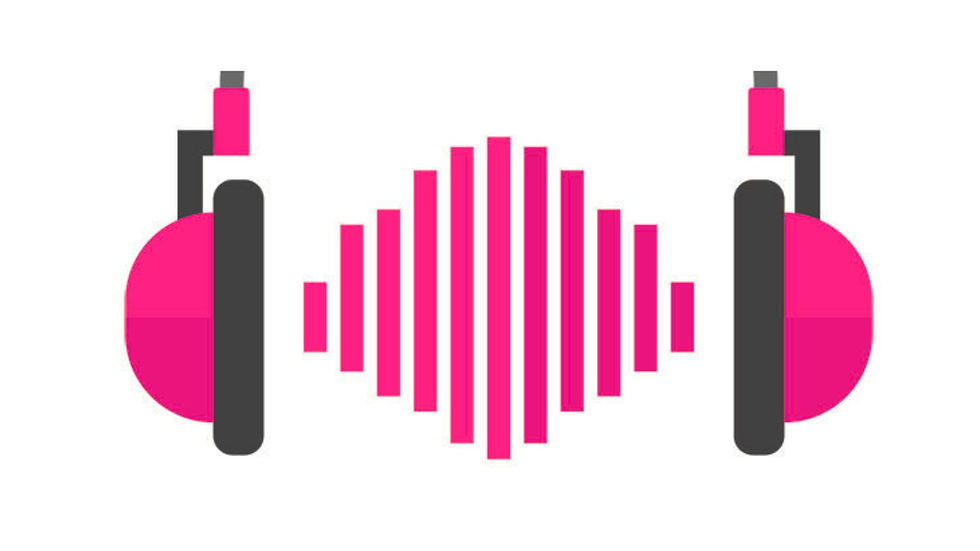6 Steps to improve your website speed
- TeamJACK
- May 19, 2022
- 2 min read
Updated: Jun 17, 2023
Your website's loading time is one of the most important factors that determines its success. Visitors to your website expect it to load quickly and if it doesn't, they will leave in droves. One way to ensure your website loads quickly is to focus on page speed.

In this article, we will discuss six steps you can take to speed up your website's page loading time.
1. Use a content delivery network (CDN).
A content delivery network, or CDN, is a system of distributed servers that deliver webpages and other web content to users based on their geographic location. The goal of a CDN is to improve the speed and performance of a website by delivering content from servers that are closer to the user's location.
2. Optimise your images.
Images are one of the most important factors that affect page speed. Unoptimized images can significantly slow down your website, especially if you have a lot of them on a single page. There are a two key things you can do to optimize your images and improve your website's speed:
1. Use images that are the right size - too large or too small and they will take longer to load.
2. Compress your images - this will reduce their file size without affecting quality.
3. Minimise HTTP requests.
It is important to minimise HTTP requests when loading a website as this can significantly improve the speed of the site. One way to do this is to use CSS sprites which combine multiple images into one. This reduces the number of HTTP requests that need to be made, and therefore speeds up the loading of the page.
4. Put CSS at the top and JS at the bottom.
One way to speed up your website is to put your CSS at the top of your page and your JavaScript at the bottom. This way, the browser can start loading the CSS and images while it is downloading the JavaScript. This will help to improve the overall speed of your website.
5. Use caching.
Use caching is one of the most important factors that determines the speed of your website. By caching your pages, you can ensure that your website loads quickly and efficiently. There are a few different ways to cache your pages, but the most effective way is to use a content delivery network (CDN).
6. Reduce the number of plugins you use.
Use as few plugins as possible. If you must use plugins, make sure they are well-coded and up-to-date. Choose lightweight plugins that are designed to improve performance. Avoid using multiple plugins that do the same thing.



